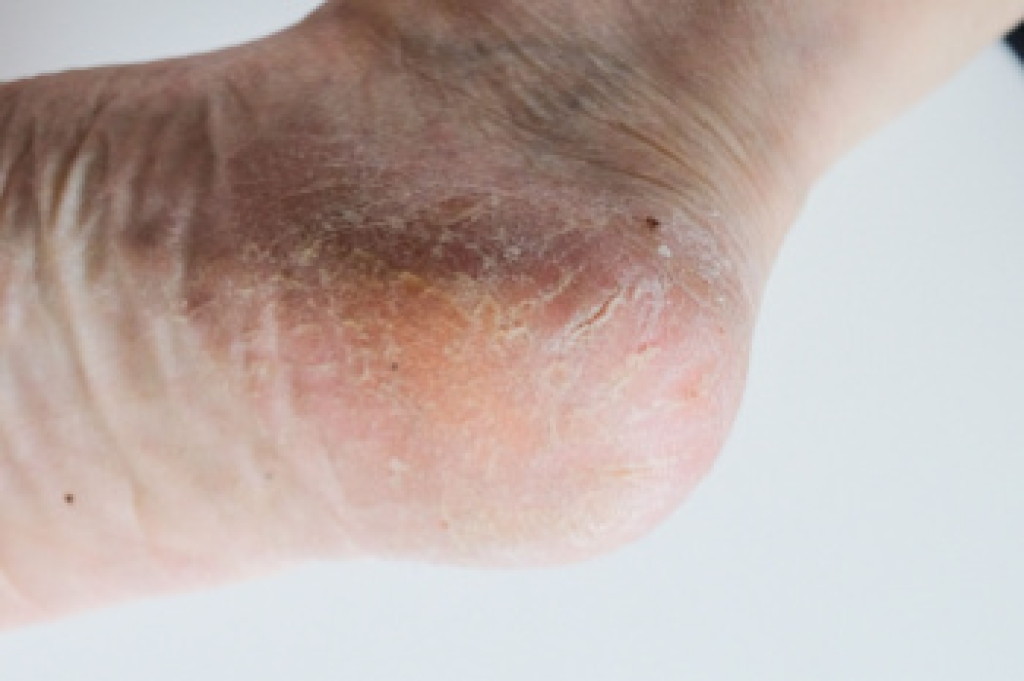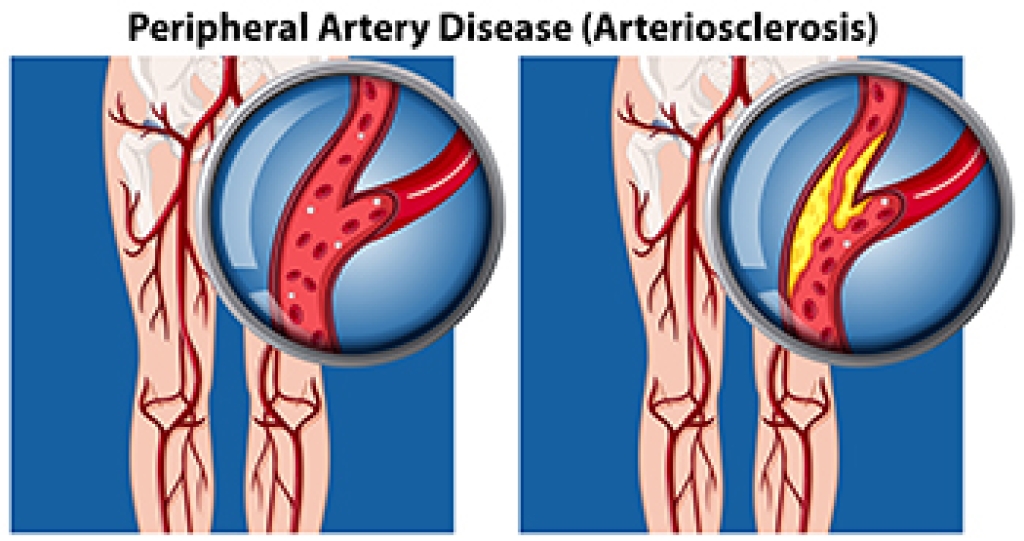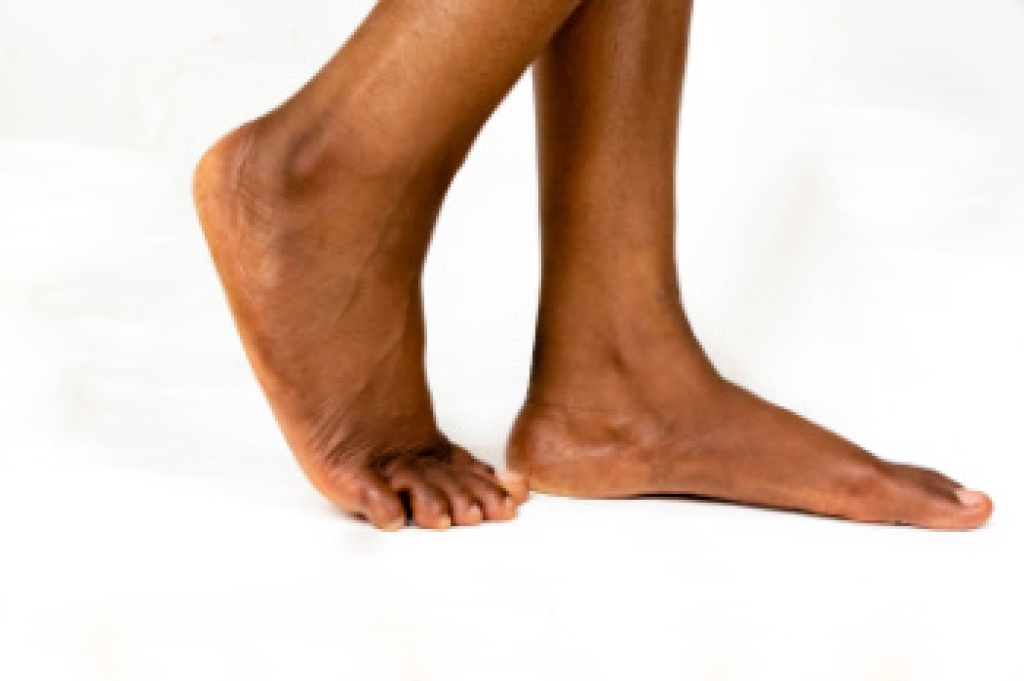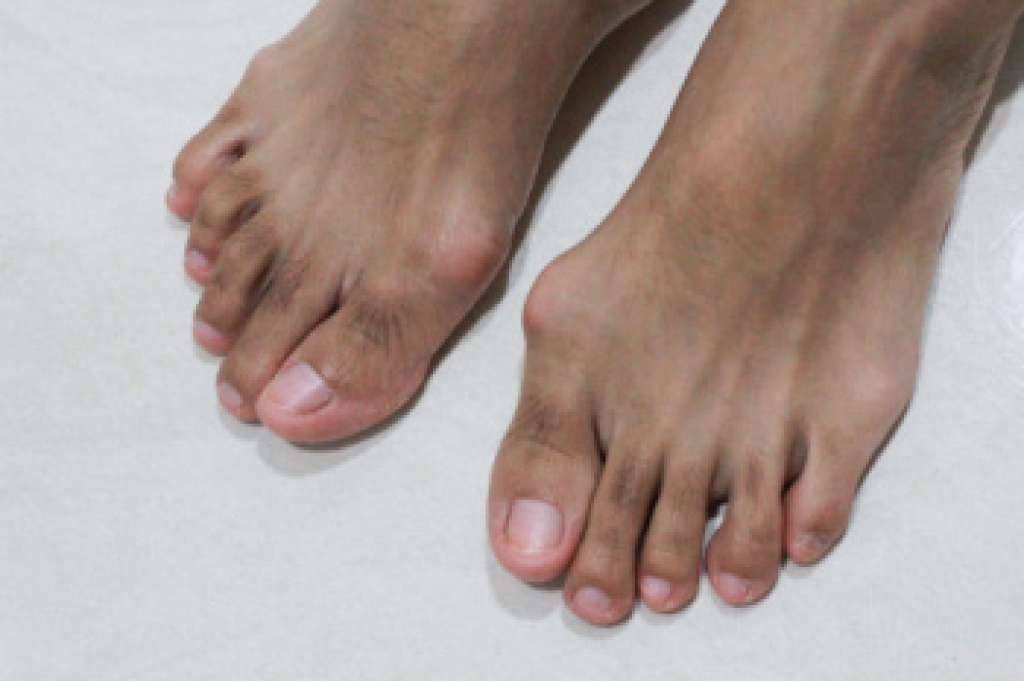
Cracked heels are a common foot issue that can be both uncomfortable and unsightly. Several factors contribute to this condition, including dry skin, prolonged standing, and exposure to harsh environmental conditions. Wearing open-back shoes can accelerate the problem by failing to provide adequate support. To prevent cracked heels, it is essential to keep the feet well-hydrated by using thick moisturizers regularly, especially after bathing. Wearing well-fitting, supportive footwear can reduce stress on the heels and prevent dryness. Additionally, exfoliating the feet weekly can help remove dead skin buildup, promoting healthier skin. Maintaining a balanced diet rich in vitamins and minerals also supports skin health. Cracked heels can be painful and unsightly, and may cause difficulty completing daily tasks. If you have this condition, it is suggested that you consult a podiatrist who can prescribe medication as part of a successful treatment plan.
If the skin on your feet starts to crack, you may want to see a podiatrist to find treatment. If you have any concerns, contact Scott Samera, DPM from Samera / Foot + Ankle. Our doctor can provide the care you need to keep you pain-free and on your feet.
Cracked Heels
It is important to moisturize your cracked heels in order to prevent pain, bleeding, and infection. The reason cracked heels form is because the skin on the foot is too dry to support the immense pressure placed on them. When the foot expands, the dry skin on the foot begins to split.
Ways to Help Heal Them
- Invest in a good foot cream
- Try Using Petroleum Jelly
- Ease up on Soaps
- Drink Plenty of Water
Ways to Prevent Cracked Heels
- Moisturize After Showering
- Skip a Shower
- Keep Shower Water Lukewarm
- Don’t Scrub Your Feet
If you are unsure how to proceed in treating cracked heels, seek guidance from a podiatrist. Your doctor will help you with any questions or information you may need.
If you have any questions, please feel free to contact our office located in Lake City and Branford, FL . We offer the newest diagnostic and treatment technologies for all your foot care needs.








